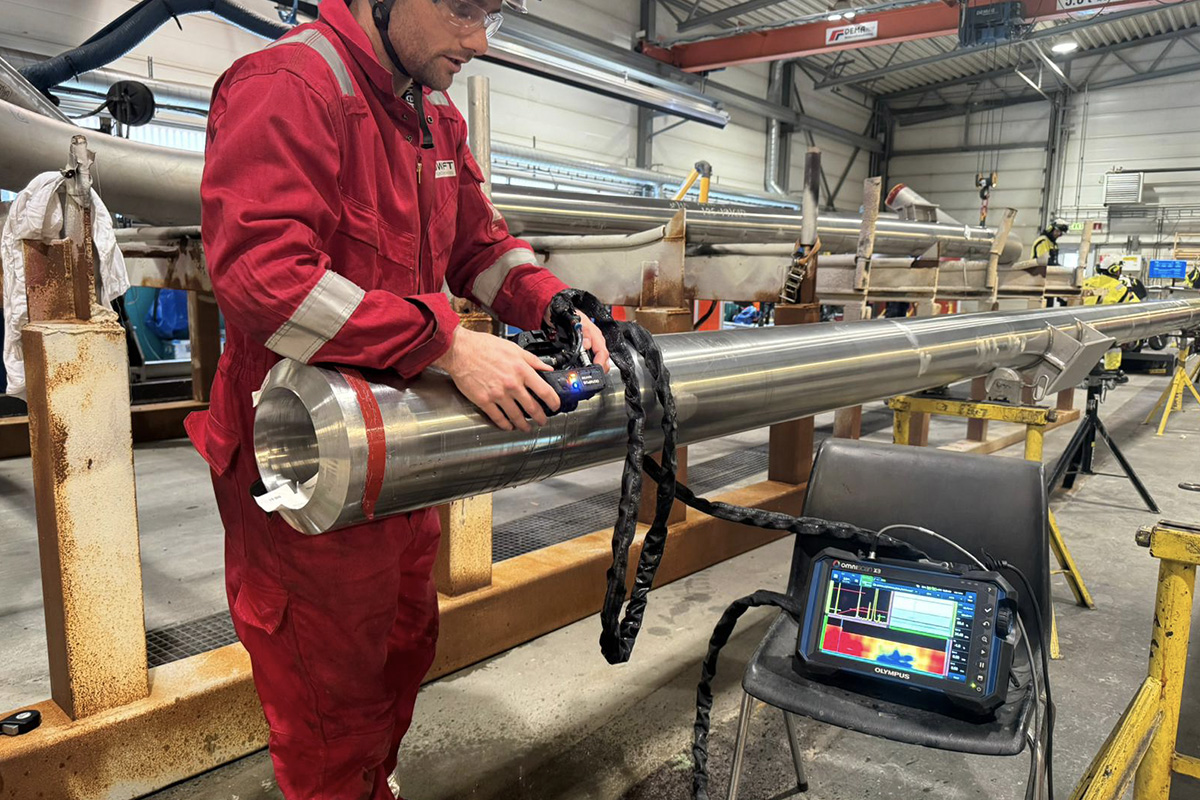Phased Array Ultrasonic Testing (PAUT) is an advanced ultrasonic testing technique used for detecting defects or anomalies in materials or structures. Unlike traditional ultrasonic testing, which uses a single transducer to send and receive ultrasound waves, PAUT uses multiple transducers that can be electronically controlled to manipulate the direction, focus, and intensity of the ultrasound beam.
In PAUT, the transducers are arranged in a linear or phased array configuration, allowing for the generation of a focused and steerable ultrasonic beam. This enables the technician to scan a larger area and to inspect complex geometries with greater accuracy and efficiency.
PAUT offers several advantages over traditional ultrasonic testing, including:
1. Greater flexibility: The ability to electronically control the beam angle and focus allows for more precise and targeted inspections.
2. Faster inspection time: PAUT can scan larger areas and detect defects more quickly than traditional ultrasonic testing methods.
3. Improved signal-to-noise ratio: The phased array configuration minimises interference and improves the reliability of the test results.
4. Enhanced data visualisation: PAUT can produce detailed images of the inspected area, making it easier to interpret and analyse the results.
Overall, PAUT is a powerful and versatile non-destructive testing technique that is widely used in industries such as aerospace, automotive, and manufacturing to ensure the integrity and safety of materials and structures.

